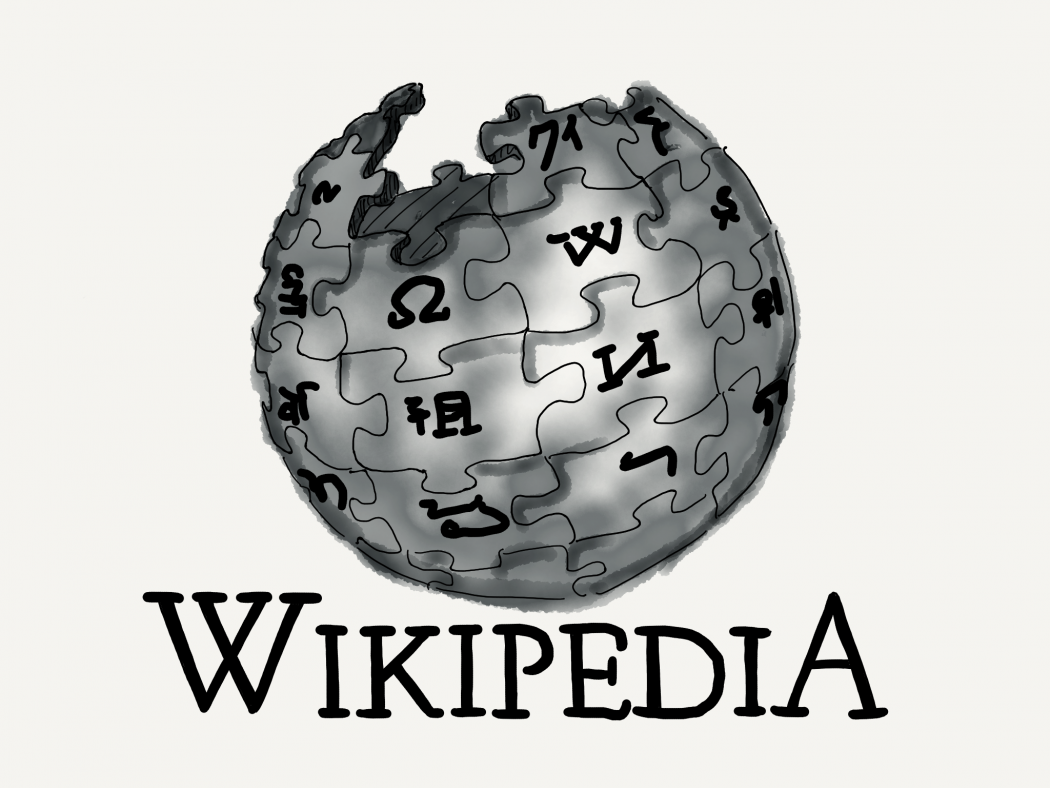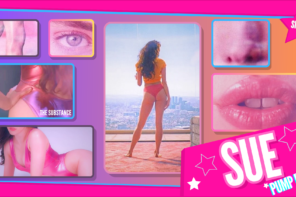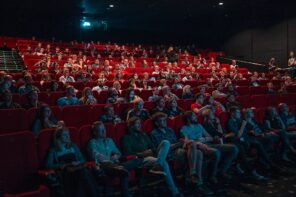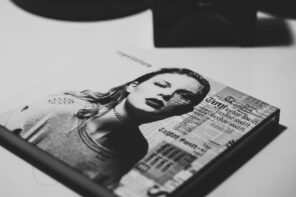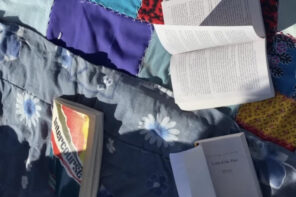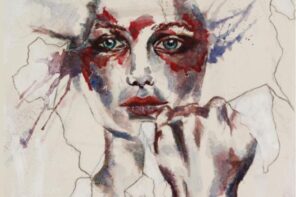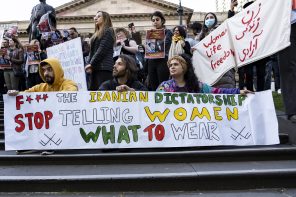Wikipedia editing is a special community, and though most people know that anyone can edit information on the website, few readers have thought to try their hand at it. A small group of people—self-dubbed “Wikipedians”—do the vast majority of the work on the site. Only 140,000 users are currently considered active, that is, have made an edit in the last thirty days. That’s an astoundingly small number, considering Wikipedia has had more than 12 billion page views so far in March.
That number gets even lower when you consider that since 2006, the number of editors who made more than 100 edits per month has hovered around 5,000. This suggests that the vast majority of content on Wikipedia is created by a tiny number of incredibly dedicated people. It also heightens the possibility of bias—with such a small number of highly active editors, their personal biases could bleed through to the encyclopedia as a whole.
It is these biases that the Art and Feminism Wikipedia Edit-a-Thon aims to fight. Montreal’s rendition of the Art+Feminism project was a joint venture from the MAC and the Artexte information center, with the MAC sharing a series of documentation files from the museum collection and Artext opening up their own collection for sourcing of information. Despite the scale of the Art+Feminism project, this year’s Art and Feminism Wikipedia Edit-a-Thon likely passed under your radar. The Art+Feminism organization works to bring more female editors to build pages and update information on the world’s largest encyclopedia.
The Wikimedia Foundation conducted a survey which suggested that only 9% of Wikipedia editors are female
On March 24th, a group of strangers gathered on the third floor of the Artexte complex on St. Catherine street, each person quietly huddled around their laptop with a stack of books and papers lined beside them. The event at the complex was one of hundreds of similar events hosted around the world by museums like MOMA, LACMA, and the Museu Histórico Nacional in Rio de Janeiro. The editors—some old, some young, some veterans and some completely new to Wikipedia—all worked towards a common goal, referencing a pre-set list of Wikipedia entries to update and improve in French and English.
Art+Feminism was designed to bring more female editors into the circle of Wikipedians—in April 2011, the Wikimedia Foundation conducted a survey which suggested that only 9% of Wikipedia editors are female. That’s clearly a problem for a source of information so many people rely on—especially as Wikipedia’s presence increases. How can a site that is designed to provide free, accessible, and reliable information function if the diversity of its writing staff is so low?
Just as the Art+Feminism project is about updating and creating new pages for female artists around the world, it’s also about bringing new editors into the fold of Wikipedia. Odds are high that you have never clicked the “edit” button—well, maybe you wanted to add a funny joke somewhere on a Wikipedia page—but it’s easy enough to get involved.
Contributions as small as fixing minor typos are valued, and maintaining page integrity is important to upkeep the reliability of the encyclopedia. Even if you aren’t interested in editing, there’s plenty of strange content on Wikipedia if you dive into the Wikipedian community. Those 5,000 major editors are a strange bunch, and often make their thoughts heard loud and clear.
The vast majority of content on Wikipedia is created by a tiny number of incredibly dedicated people
Talk pages are available on every Wikipedia page, listing strange conversations and arguments over aspects of Wikipedia pages that are often completely mundane. When someone tried to include a specific source on the page for “Mario Day,” an intense debate quickly followed: “I can’t believe we need to discuss this. Of course it’s fucking relevant; it’s about Mario Day, it’s the earliest text anyone has found about it, it’s a published book, it’s utterly nothing to do with Nintendo.” Heated. Yet there are conversations like this on nearly every Wikipedia page—discussions on sourcing, inclusion of content, and vandalism.
Individual users have their own pages, too. There are Wikipedia photographers, administrators, regular editors, and plenty of others in between. Just checking out the edit history of any page reveals the various editors who put the article together. Often, the same names keep popping up—evidence of the small workforce that builds most of the website.
This is a brief sampling of the trove of information on Wikipedia dedicated not to the outside world, but to itself. It’s part of the gap between Wikipedia editors and readers, and makes entering the community feel quite intimidating. Yet it’s far easier to get involved than it might seem, and any positive contributions to Wikipedia are worth making. Just clicking some of the blue links you’ve never clicked before—talk pages, user pages, edit history, to name a few—offers a quick glimpse into that other side of Wikipedia, and perhaps will be a gateway into becoming a Wikipediaholic.
Arguably the most important aspect of Wikipedia is the fact that anyone can edit it. It’s what has made breadth of the site unfathomably large since its launch in 2001 and why the site is so notorious for misinformation. Yet as the reliability of Wikipedia increases, thanks to the diligence of dedicated editors and projects like Art+Feminism, so, too, should the diversity of active editors of the site. That part of the model is up to everyone else. So, pick a Wikipedia article, click the edit tab, and get to work. It’s nobody’s responsibility but your own to protect and maintain the world’s largest encyclopedia.

